Past Events
Interested in Cotsen events? Sign up for our mailing list.Vanessa Muros, Director of the Experimental and Archaeological Sciences Lab
Thursday, June 25th 2020 10:00am - 12:00pm (PT)
Portable x-ray fluorescence (XRF) spectroscopy has become a widely used analytical tool in the fields of archaeology and conservation for the non-destructive elemental analysis of cultural heritage materials. But once you've collected your data, how do you interpret it? This workshop will provide a general introduction to the three types of pXRF data that can be generated (qualitative, quantitative, and semi-quantitative) and through the use of case studies, illustrate how the data can be interpreted and used to answer research questions about cultural heritage.
Register here (Registration is limited to Cotsen affiliates)
Contact Deidre Whitmore
Email dal@ioa.ucla.edu
Phone
We are excited to announce that our event Chauvet Cave: Masterworks of the Paleolithic will now be held virtually!
In conjunction with the global digital film premiere of The Final Passage, a 28-minute immersive experience of the Chauvet-Pont d’Arc Cave and its paintings, the Cotsen Institute of Archaeology will be hosting a virtual discussion and Q&A session with Jean-Michel Geneste, General Curator of Cultural Heritage for the Ministry of Culture in France and former curator of the Lascaux caves, and the film’s producer, Martin Marquet. Participants are invited to watch the film online prior to the event. Questions can be submitted in advance when registering or during the event.
Since its discovery in 1998, the extraordinary rock art of the Chauvet-Pont d’Arc cave in south-central France has been celebrated for its remarkable realism and demonstration of skill never before seen in cave art. Dating back 36,000 years, the myriad paintings of horses heads, mammoths, bears, cave lions, rhinoceroses and more use “the knobs, recesses, and other irregularities of the limestone to impart a sense of dynamism and three-dimensionality to their galloping, leaping creatures,” according to Smithsonian magazine.

(only available from May 7 - June 7)

Wednesday, May 27, 2020
12:00 - 1:00 PM
Space is limited. Please register by May 25.
This event is co-sponsored by the UCLA Rock Art Archive. Email Michelle Jacobson at mjacobson@ioa.ucla.edu for more information.

Contact Michelle Jacobson
Email mjacobson@ioa.ucla.edu
Phone 310-825-4004
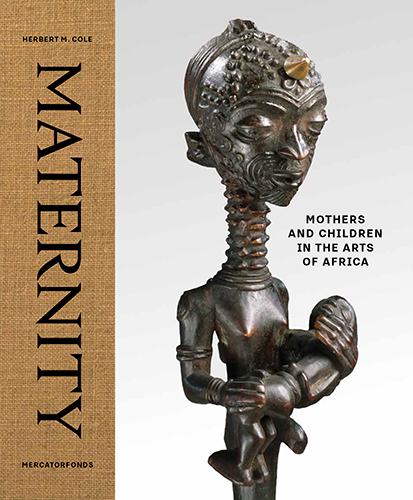 SPEAKER:
SPEAKER:
Dr. Herbert Cole
University of California, Santa Barbara
Professor Emeritus, Art History
In writing my latest (and probably last) book: Maternity: Mothers and Children in the Arts of Africa, two stereotypes emerged that I ran into more or less often as I researched the topic, and these ended up as "pet peeves" that I felt the need to address in my text: "fertility goddess" as a descriptor of Africn images of mothers with children, especially those shown suckling, and the word "doll" as applied to images of children used by many potential mother to help them conceive, or if pregnant, to make sure the pregnancy goes well and a healthy, handsome child is born. I will explore both of these stereotypes and show that both are ultimately racist words when applied to maternity and child images.
Suggested reading for the talk available here.
Register for this Cotsen Virtual Pizza Talk here! You will receive instructions on viewing the talk after registering.
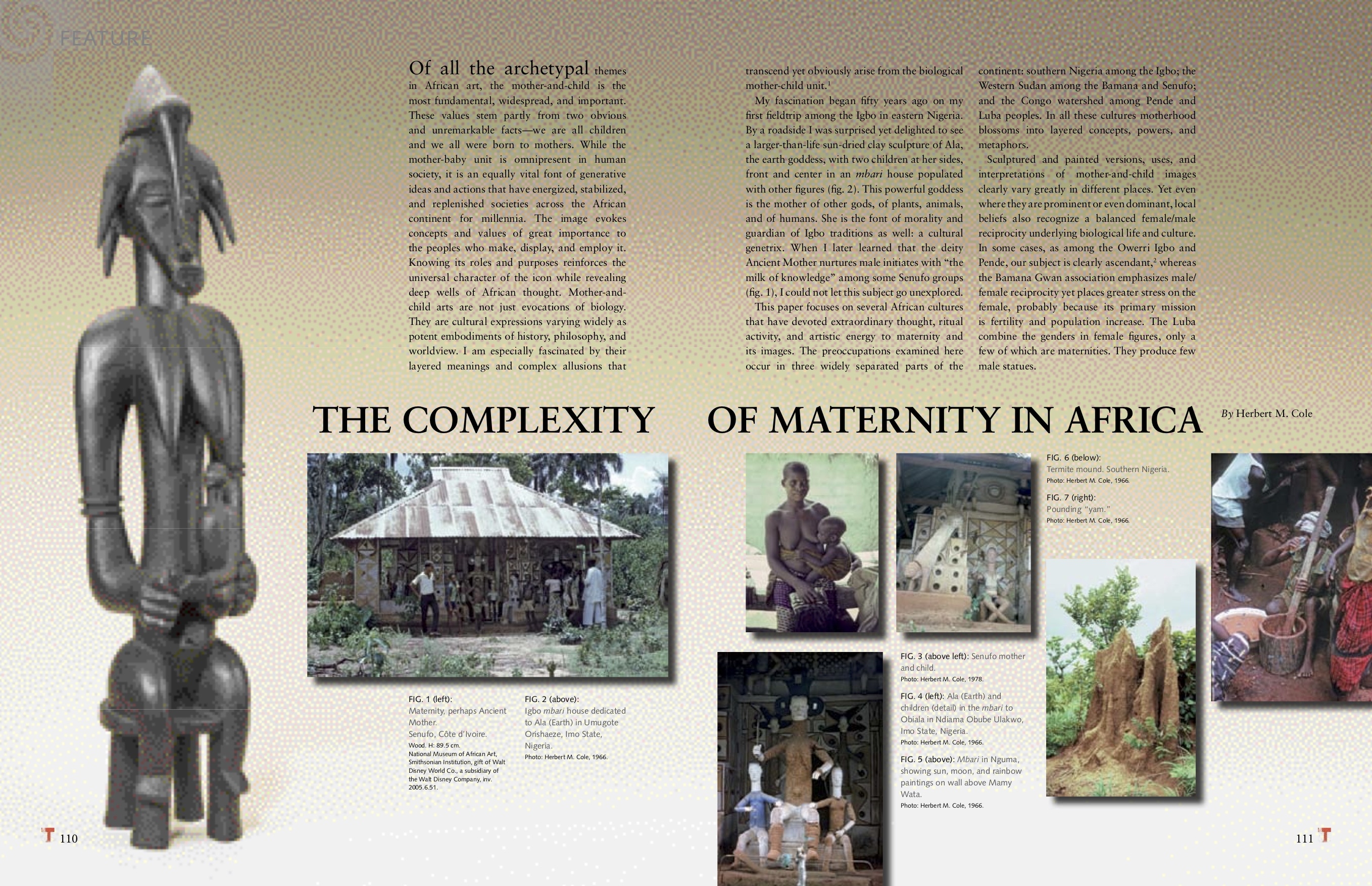
Contact Michelle Jacobson
Email mjacobson@ioa.ucla.edu
Phone
SPEAKER:
Rosemary A. Joyce
Professor and Chair of Anthropology
University of California, Berkeley
This talk builds on feminist scholarship criticizing a tacit distinction between household labor (as intimate, domestic, and ruled only by naturalized relations of sex and age) and extra-domestic labor to help advance understanding of gender and labor in societies of ancient Central America. Household production, the role of specific products of women's labor as standards of value and media of exchange, and the role of indigenous ontologies in which material animacy and animating spirits occupied central places in exchanges we might otherwise think of as economic will be considered.
Full abstract:
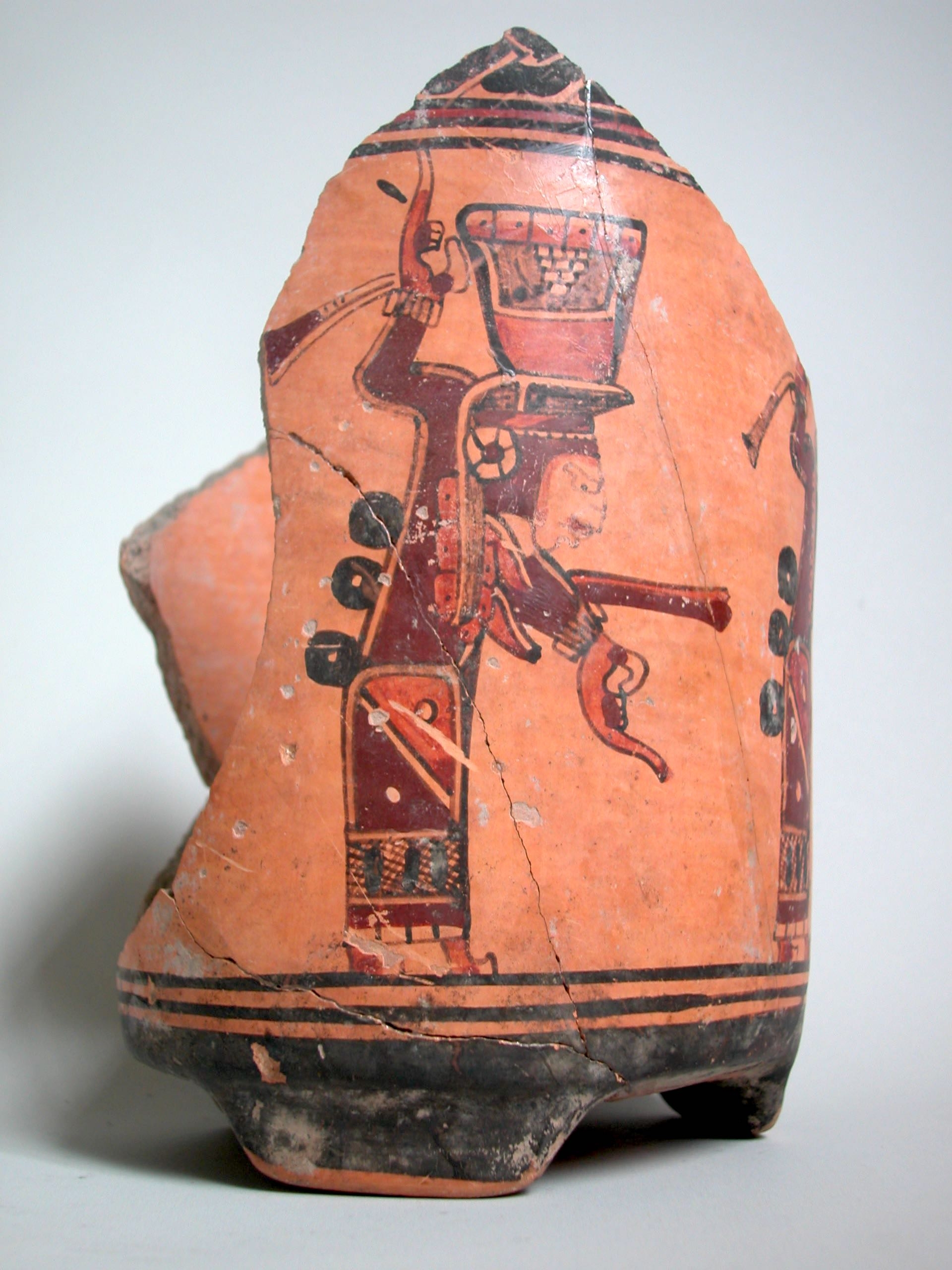 As renewed interest in inequality sparks a turn to the archaeologically documented past as a source of data for generalizing models explaining the roots of the contemporary economic reality, it is worth pausing to question how pasts that were shaped under far different social conditions can be treated as equivalent to the contemporary world of nation states and global economies. In this paper, I examine three sources of incommensurability that should be taken into account in any attempt to think from the past of economic relations to the present. The first of these examines how labor is conceived of, counted, and understood in these different situations. As feminist scholars of the contemporary economy have long noted, large areas of economic activity by women are routinely excluded in modern analyses. Such household maintenance work rests on a tacit distinction between household labor (as intimate, domestic, and ruled only by naturalized relations of sex and age) and extra-domestic labor. For the societies of ancient Central America, such a division simply did not exist. Not only did a large part of the organization of agricultural labor build on household relations; women's specialist craft production, in particular, was critical to economic relations. This leads to the second aspect of incommensurability that I consider: the identification and mobilization of standards of value and exchange. In these societies, cloth produced by women working in domestic spaces was one of the enduring standards of value, specifically important in tribute payments that established and perpetuated political hierarchies. Cloth's use in this fashion cannot be disentangled from the social relations in which it was embedded. Nor can the social relations which gave value to other key media used to measure value in economic exchanges be equated, even when the same social agents, women, have key roles in production, for example, in the cultivation of cacao, a second standard of value. By considering these two media, and the way that they relate to women's economic activities extending from domestic space to cosmopolitan marketplaces, I identify a third contradiction to conceptualizing the ancestral Central American economy in terms drawn from the current situation: the important of ideologies of material animacy and the role of animating spirits in exchanges we might otherwise think of as economic.
As renewed interest in inequality sparks a turn to the archaeologically documented past as a source of data for generalizing models explaining the roots of the contemporary economic reality, it is worth pausing to question how pasts that were shaped under far different social conditions can be treated as equivalent to the contemporary world of nation states and global economies. In this paper, I examine three sources of incommensurability that should be taken into account in any attempt to think from the past of economic relations to the present. The first of these examines how labor is conceived of, counted, and understood in these different situations. As feminist scholars of the contemporary economy have long noted, large areas of economic activity by women are routinely excluded in modern analyses. Such household maintenance work rests on a tacit distinction between household labor (as intimate, domestic, and ruled only by naturalized relations of sex and age) and extra-domestic labor. For the societies of ancient Central America, such a division simply did not exist. Not only did a large part of the organization of agricultural labor build on household relations; women's specialist craft production, in particular, was critical to economic relations. This leads to the second aspect of incommensurability that I consider: the identification and mobilization of standards of value and exchange. In these societies, cloth produced by women working in domestic spaces was one of the enduring standards of value, specifically important in tribute payments that established and perpetuated political hierarchies. Cloth's use in this fashion cannot be disentangled from the social relations in which it was embedded. Nor can the social relations which gave value to other key media used to measure value in economic exchanges be equated, even when the same social agents, women, have key roles in production, for example, in the cultivation of cacao, a second standard of value. By considering these two media, and the way that they relate to women's economic activities extending from domestic space to cosmopolitan marketplaces, I identify a third contradiction to conceptualizing the ancestral Central American economy in terms drawn from the current situation: the important of ideologies of material animacy and the role of animating spirits in exchanges we might otherwise think of as economic.
Register for this Cotsen Virtual Pizza Talk here! You will receive instructions on viewing the talk after registering.
Contact Michelle Jacobson
Email mjacobson@ioa.ucla.edu
Phone
SPEAKER:
Alessandro Vanzetti
University of Rome “La Sapienza”, Italy
Associate Professor in Pre- & Protohistory
Short-term Visiting Scholar
The lecture will present the main evidence for the symbolic representation of the celestial domain in the European Bronze Age, with some extension to the former Late Neolithic (also named Copper Age) and to the ensuing Iron Age. An iconographic analysis is necessary in order to decode (or try to) the representations.
In order to do it, we should consider the way in which 3-dimensional space is represented, for the production of symbolic images.
The discussion involves both phenomenological, conceptual, cognitive and religious aspects, often difficult to disentangle.
A simple grammar of the representations, of their rules and occurrences, can help, but it is still only a starting point for further insights
Register for this Cotsen Virtual Pizza Talk here! You will receive instructions on viewing the talk after registering.
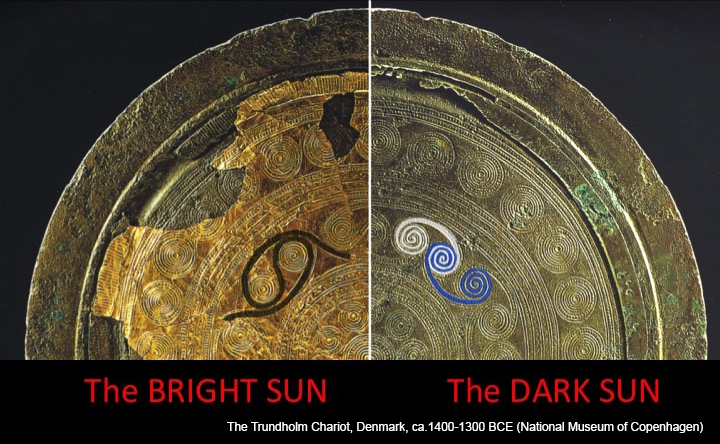
Contact Michelle Jacobson
Email mjacobson@ioa.ucla.edu
Phone
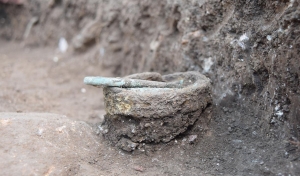 SPEAKER:
SPEAKER:
Dr. Willeke Wendrich
Professor, Dept. of Near Eastern Language and Cultures
Director, Cotsen Institute of Archaeology
UCLA
After five years of work in Ethiopia the UCLA Shire Archaeological Project has established close collaborations with four Ethiopian universities, national, regional and local offices and the population living around the site of Mai Adrasha. In December 2019 this culminated in a workshop to discuss the future of the archaeological site of Mai Adrasha. I will discuss the results of the excavations and survey in the tension field of different ideas and interests in both the past and the future.
Register for this Cotsen Virtual Pizza Talk here! You will recieve instructions on viewing the talk after registering.
Contact Michelle Jacobson
Email mjacobson@ioa.ucla.edu
Phone
In 354 B.C., the ancient city of Methone, a close ally of Athens, was besieged by Philip II, the father of Alexander the Great. In the course of the siege, Philip not only destroyed the city, but he famously lost his right eye, struck by an arrow or bolt from Asteros of Methone. Excavations at the site by the Ephoria of Pieria since 2003, and as a collaboration between the Ephoria and UCLA under the auspices of the American School of Classical Studies in Athens since 2014, have uncovered a thriving settlement, continuously occupied since the Late Neolithic period. Methone: the Movie, shot during the last season of fieldwork in 2017, tells the story of Methone and its excavation.
Register for the first Cotsen Virtual Pizza Talk here! You will recieve instructions on viewing the talk after registering.
Contact Michelle Jacobson
Email mjacobson@ioa.ucla.edu
Phone
Due to the evolving public health situation surrounding COVID-19 this event has been cancelled. The well-being of our Cotsen community and all attendees at our events is of the highest importance to us.
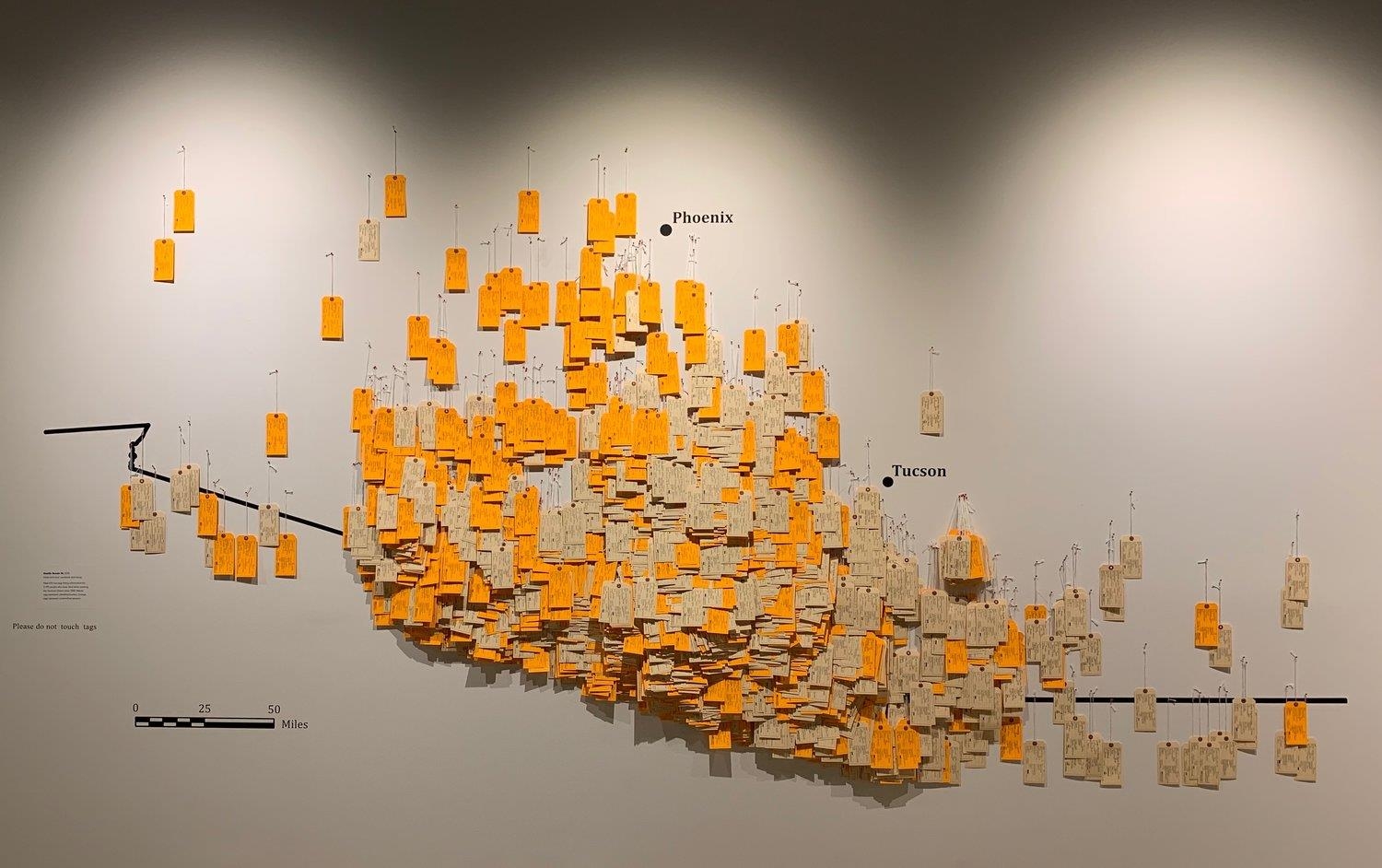
SPEAKERS:
Dr. Jason De León
Professor
UCLA Department of Anthropology
Austin Shipman
Program Manager for the Undocumented Migration Project
Gabe Canter and Nicole Smith
Exhibition Coordinators for Hostile Terrain 94
ABSTRACT:
In 1994 the U.S. Border Patrol launched the immigration enforcement strategy known as “Prevention Through Deterrence.” This was a policy designed to discourage undocumented migrants from attempting to cross the border near urban ports-of-entry. With traditional crossing points closed off, it was expected that people would attempt to cross the border in more remote and depopulated regions where the natural environment would act as a deterrent to movement. It was anticipated that the difficulties people experienced while hiking dozens of miles across what the Border Patrol deemed the “hostile terrain” of places like the Sonoran Desert of Arizona would discourage migrants from attempting the journey. This strategy failed to deter border crossers. Instead, more than six million people have attempted to migrate through the Sonoran desert of Southern Arizona since 2000 and at least 3,199 people have died enroute. In the fall of 2020, the pop-up installation “Hostile Terrain 94” (HT94), designed by the Undocumented Migration Project, will be realized simultaneously in 150 locations around the globe. These installations are 25 foot long maps of the Arizona/Mexico border with ~3200 hand written toe tags representing the recovered bodies of people who have died between 2000 and 2020. In this talk we outline the development of this global exhibition, highlight our model for public facing anthropological work, and discuss the political and cultural implications of trying to visualize this type of archaeological and forensic data for a global audience.
Contact Sumiji Takahashi
Email sutakahashi@ioa.ucla.edu
Phone 310-825-4169
SPEAKER: 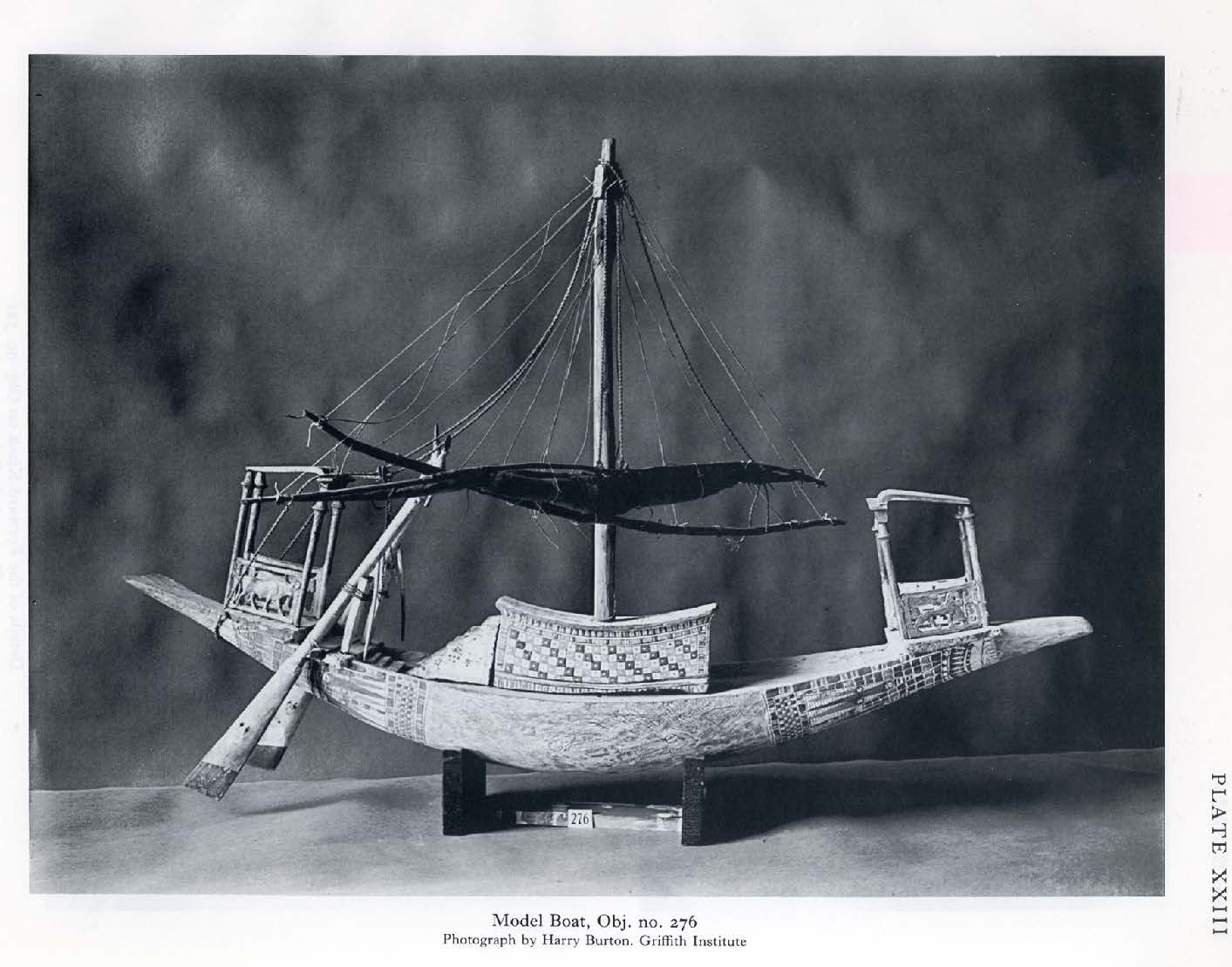
Dr. Caroline Sauvage
Associate Professor
Loyola Marymount University
Bellarmine College of Liberal Arts
ABSTRACT:
Sails were one of the most important fitting of Late Bronze Age ships, and yet, they are understudied because of the lack of archaeological remains. Although iconography has been largely scrutinized to gain knowledge concerning the shape of sails, their use and their riggings, sail manufacture has not yet been investigated properly. Tools for the production of textiles attest to their diverse forms and places of production, as well as to the types and dimensions of fabrics being produced, and the types of fibers being used. This talk proposes to address the question of sail manufacture throughout the eastern Mediterranean by studying textile tools within their archaeological coastal contexts, by exploring the necessary resources, skills and labor time, as well as by looking at ancient texts from the Aegean, the Levant and Egypt. We will include data from experimental archaeology used in maritime archaeology and in textile research in order to assess the logistics of sail production in the Late Bronze Mediterranean.
Contact Sumiji Takahashi
Email sutakahashi@ioa.ucla.edu
Phone 310-825-4169
SPEAKER:
John Cherry
Professor of Archaeology and Classics
Joukowsky Institute, Brown University
ABSTRACT:
Until quite recently, archaeologists have supposed that the seas and oceans represented a barrier to human dispersal, and that islands were among the last places on earth to be colonized by people, only fairly recently, as part of the worldwide spread of modern humans. But is that picture still correct? Startling new data have come to light just in the last few years, in parts of the Mediterranean and in island Southeast Asia, that have been claimed as evidence for a far longer antiquity for seafaring, reaching back hundreds of thousands, and perhaps as much as a million years. Naturally, these claims have attracted widespread attention and much discussion — and not only among archaeologists. This lecture outlines what we know, with reasonable certainty, about patterns of global maritime dispersal in the past few tens of thousands of years, before turning to present the new evidence and its strengths and weaknesses. In trying to understand it, we will need to consider information (amongst other things) from ethnographic analogy, experimental seafaring, and our current knowledge of the relative configurations of land and sea over the course of the Pleistocene era. Some of the bold assertions made in the past few years require more supporting data before they can be accepted. That cautious conclusion does not detract from the excitement and importance of this fast-moving field of research in archaeology.
Contact Aaron A. Burke (aaburke@ucla.edu) for more information.
Contact Sumiji Takahashi
Phone 310-825-4169
- ‹ previous
- 22 of 49
- next ›


